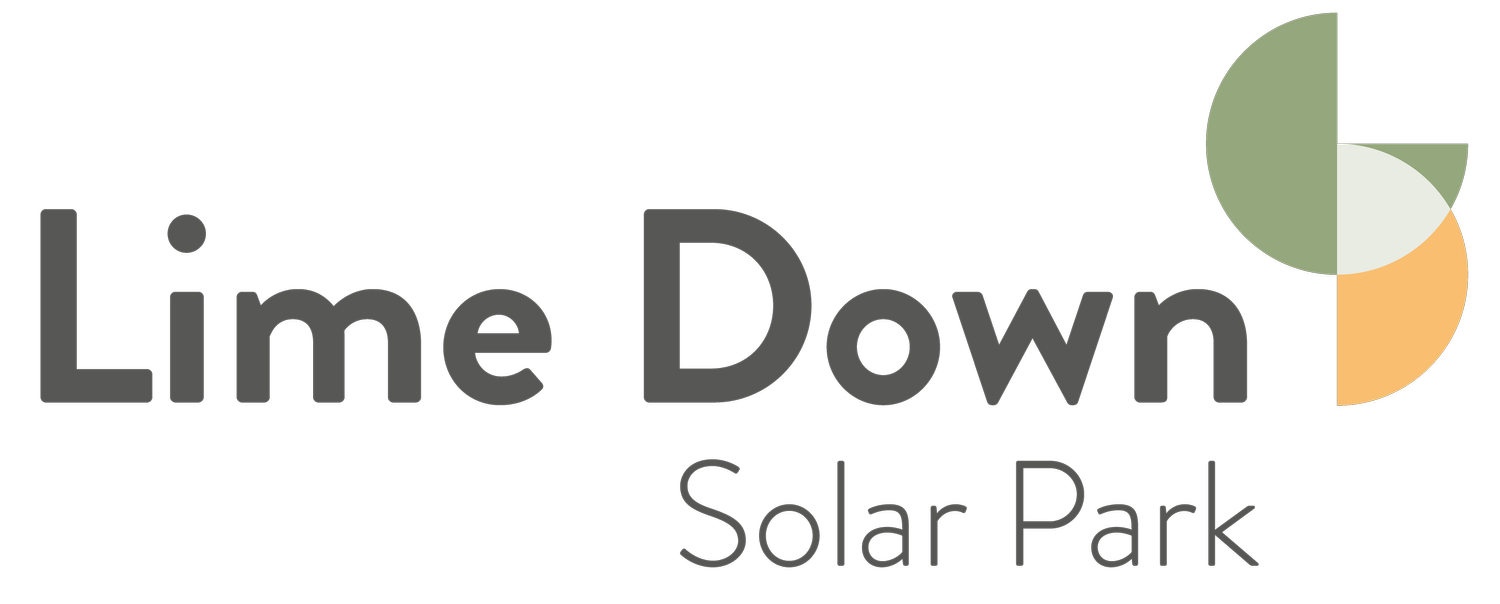
The Project
Our Proposals
Lime Down Solar Park would comprise the installation of solar photovoltaic (PV) panels and an on-site battery energy storage facility, plus infrastructure to connect the scheme to the national grid at Melksham substation so the electricity it generates can be made available to the UK’s homes and businesses.
The project is anticipated as having a generation capacity of around 500 megawatts (MW). This is equivalent to providing enough clean energy to power around 115,000 homes.
Location
The project is entirely located within the administrative boundary of Wiltshire. The solar park element is proposed as being built across five sites comprising agricultural land of approximately 857 hectares (2,118 acres) located to the north of the M4, southwest of Malmesbury. A sixth site is located on land near Melksham substation, approximately 20 kilometres away from the solar development sites. This site has been identified as the potential location for a Battery Energy Storage System.
As shown in the maps here, the six sites making up the solar park have been identified as follows:
Lime Down A – located to the east of Commonwood Lane
Lime Down B – located to the east of the Fosse Way
Lime Down C – lies across the Fosse Way to the east of Alderton
Lime Down D –lies immediately to the north of the Great Western Railway line and Hullavington, south of Bradfield Wood
Lime Down E – located to the south-west of Rodbourne, and south of Corston
Land at Melksham substation – sits to the west of Melksham Substation and lies on the northern edge of Whitley
PDF copies of these maps, as well as our Stage One Consultation Indicative Masterplan, are available as PDF copies for you to view, download and print on our Documents webpage. An interactive map where you can search for a location is also available on our webpage The Project – Overview.
Site Selection
We have selected the solar development sites after considering Government policy on new renewable energy projects. This includes examining whether they are within a viable distance of an available grid connection, have suitable levels of irradiation (sunlight) and other considerations such as environmental constraints, the distance of the site from dwellings, agricultural quality of the land, and accessibility.
Further to engagement with landowners who confirmed their willingness to enter into lease agreements, the solar park development sites were identified as suitable for a number of additional reasons:
They comprise large arable fields of regular shape
Gently undulating topography makes the sites technically suitable for solar development and maximising the efficiency of panels
Existing hedgerows, tree belts and woodland around and across the sites mean they are well screened
Most of the sites are located in Flood Zone 1 which is defined as having low risk of flooding
There are only a small number of residential properties in proximity of the sites and effective landscaping and screening could be employed to offset or reduce any visual impacts
The land is predominantly classified as Grade 3b (moderate quality agricultural land) with some Grade 3a (good quality agricultural)
There are existing accesses for construction vehicles
For more detailed information on our proposals for the solar park, please visit our webpage The Project – The Solar Park. For more information on the route corridor options we have identified for underground cabling, please visit our webpage Connecting to the National Grid.
